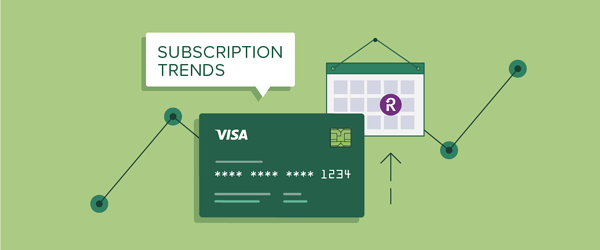On Beer, Germany, and the Importance of Customer Retention

Recently, we wrote a blog that involved a London pub’s innovation in beer drinking that enabled a friction-free experience for its customers during the busy holiday season. The goal of course of frictionless commerce is to make it easier for your customers to shop, pay, and receive their purchases, and in return, you’ll gain more customers and sell more of whatever it is you offer, from beer to business services.
And beer is on our minds again as we note that in a couple of weeks, it will be time for that annual celebration of beer, Oktoberfest (starting on Sept. 16th in Munich). And this makes us think about the prospects for retail e-commerce in Germany.
And the prospects are positive! The eMarketer forecast predicts that retail ecommerce sales in Germany will rise by nearly $7 billion in 2017, to pass $65 billion in total sales, although the report does note that digital sales will be a small fraction of total retail sales. This may be because cash remains the preferred way to pay for purchases, and Germany’s major retailers knew this. Thus, they have taken a “conservative approach” to digital operations rather than undertaking a major overhaul of their business to accommodate digital purchases.
Nonetheless, according to eMarketer, “those debates are largely history, and the digital transformation of Germany’s retail sector is well underway,” with almost 50 million people in Germany expected to make at least one digital purchase this year. This number accounts for 81.5% of internet users and 68.6% of the population. Sales will climb by double digits this year (11.3%) but annual increases will not keep up this pace thereafter, with sales expected to grow just 5.3% in 2021.
However, the report states that the proportion of web users buying products and services digitally is approaching a plateau. The greatest growth in retail ecommerce sales volume will come from existing customers making more frequent purchases and spending higher sums online, rather than from the addition of new converts to e-commerce.
In other words, customer retention and upselling, not customer acquisition, is what will drive retail ecommerce sales in German in 2017 and likely beyond.
Most marketers know that acquiring a new customer is merely the first step. True success—as measured by customer lifetime value (LTV)—comes from the customers who make a second purchase, then a third, and so on. For subscription businesses, customer retention is even more important as they may have expended more money than non-recurring businesses to acquire new subscribers in the first place. And the longer a subscription business keeps a subscriber, the more valuable that person is to the business. Long-time customers are more loyal to the brand, more likely to recommend it to others, and likely to be more understanding of hiccups in service.
There are of course any number of ways for subscription businesses to encourage and increase subscriber retention. Recurly’s expert-on-all-things-analytics, Emma Clark, recently wrote a blog post on the topic, detailing how to use gift subscriptions to keep your acquisition costs low by leveraging the enthusiasm of your existing customers. She also discusses the metrics that will help you track the effectiveness of gift subscriptions on your acquisition and retention efforts. Read the blog post here.
And to learn more about gift subscriptions—along with coupons which are another powerful promotional tool—visit this page or download our ebook.


